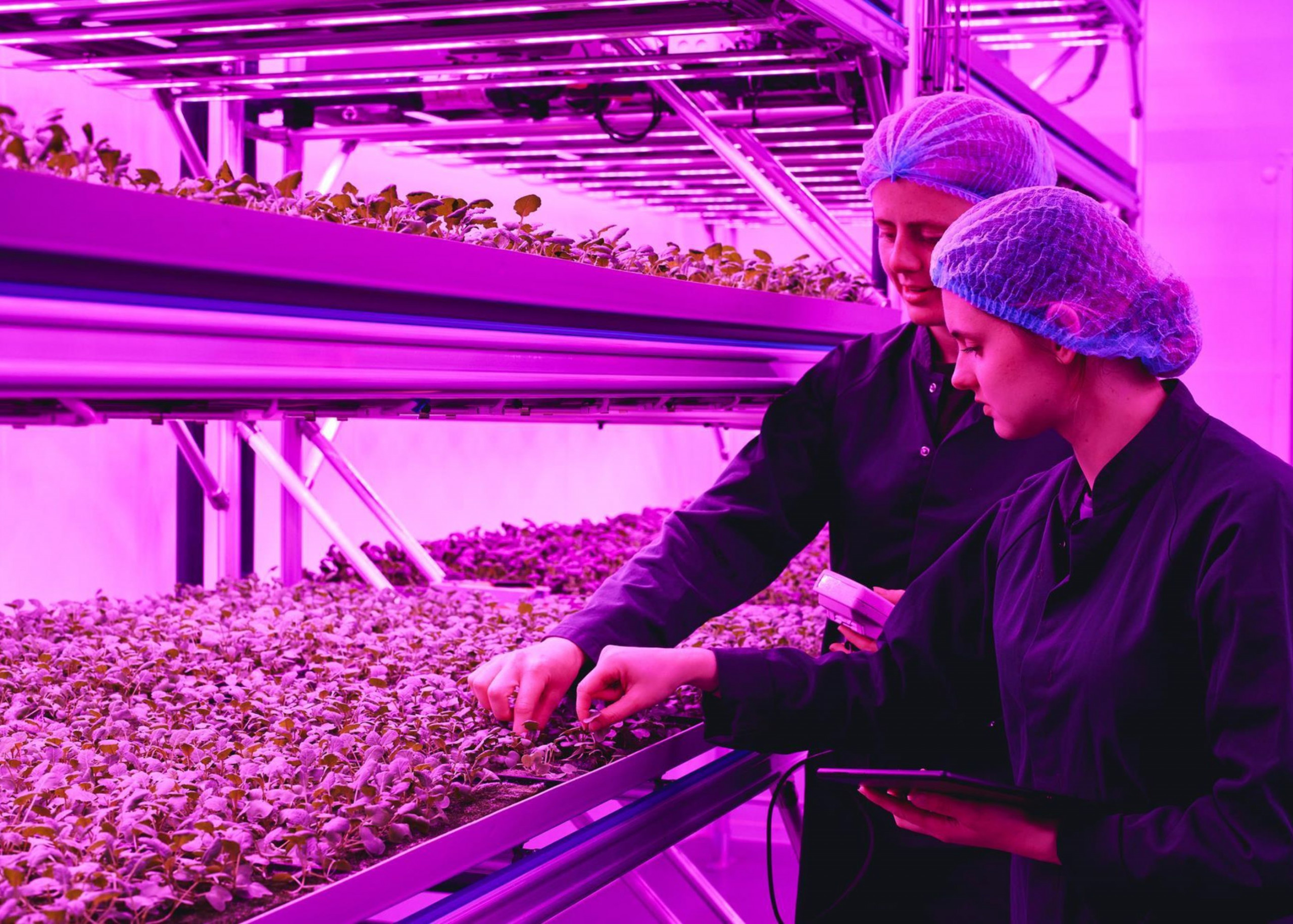News in brief:
– More than 60% of countries in Africa, totaling 33 nations, require external food assistance.
– Factors such as conflicts, economic issues, and natural disasters contribute to high food insecurity levels across various regions, hindering Africa’s agricultural potential.
In its Crop Prospects and Food Situation report for March 2024, the United Nations Food and Agriculture Organization (FAO) said that 33 countries in Africa (more than 60% of the continent’s entire nations) need external assistance for food.
The same report said that only one European countries requires such assistance while there are two in Latin America and the Caribbean and nine in Asia.
It blames conflicts in West and East Africa for the growing levels of food insecurity and widespread dry weather conditions in Southern Africa.
Overall, there are 45 countries in need of external assistance to feed its populace, below is a representation of this distribution:

The African continent is facing high food insecurity levels with many countries having millions of people unable to feed themselves. In Central African Republic, Kenya, Somalia, and Sudan, there are ‘exceptional’ deficiencies in food production and in supplies because of supply chain problems and natural disasters.
However, conflicts and enonomic factoes are the leading causes of food insecurity, affecting a large portion of people in Democratic Republic of the Congo, Djibouti, Eritrea, Ethiopia, Malawi, Mauritania, Niger, Nigeria, and Zimbabwe. Asian countries like Lebanon, Palestine, Syria, and Yemen, as well as Ukraine in Europe and Haiti in Latin America and the Caribbean are also combating these problems.
Another major reason why many African countries are facing high food insecurity levels are because of refugee influx in regions bordering conflict-ridden areas like in Burkina Faso, Cameroon, Afghanistan, and Pakistan.
Despite the decline in international food prices, domestic staple food prices are still high as nations face unique peoblems like extreme weather events and currency depresciaitions, which may not be common in other places.
Africa, touted as being able to feed the rest of the world, continues to struggle with a mix of problems that hinders it from taking advantage of its agricultural potential.



